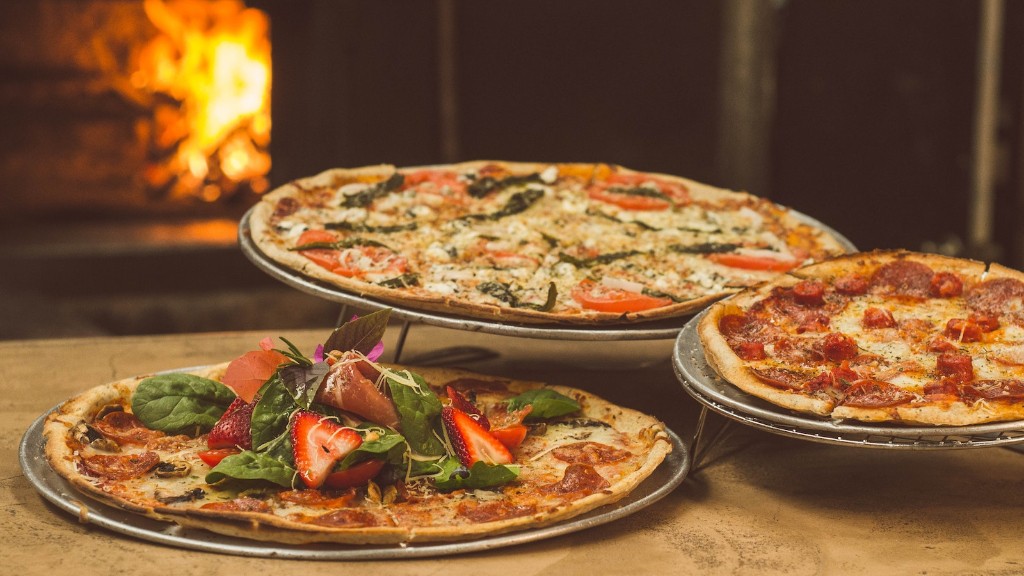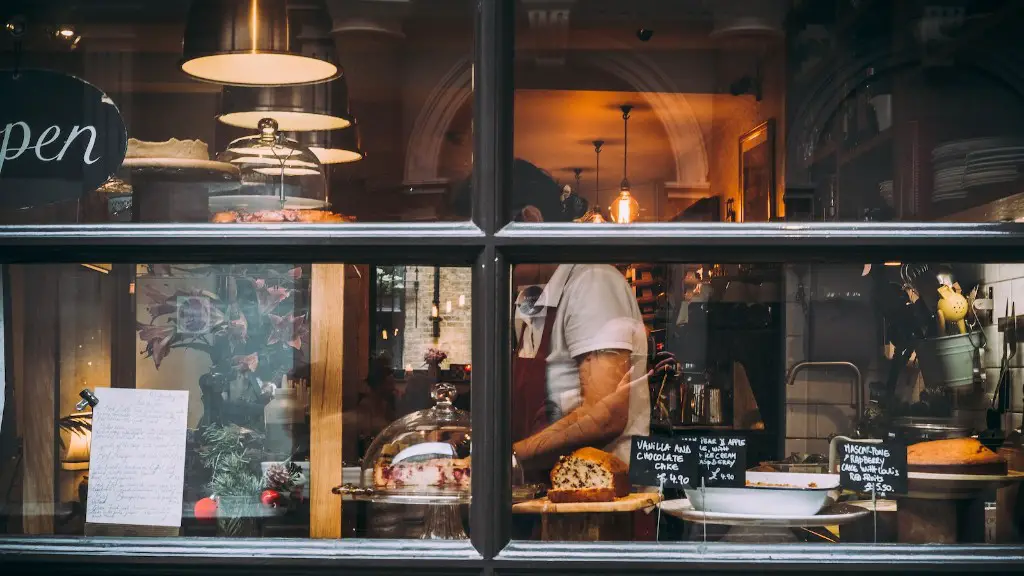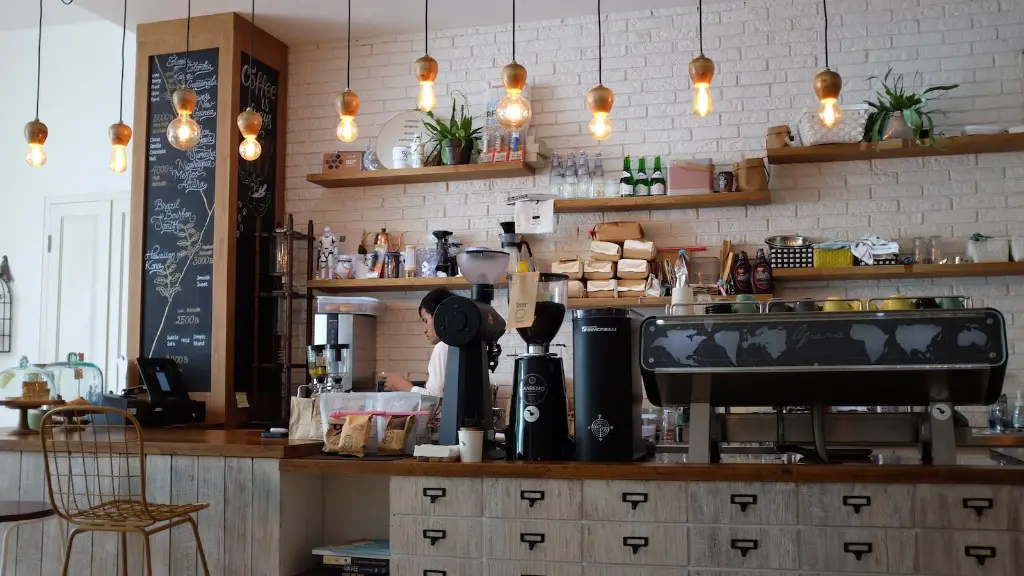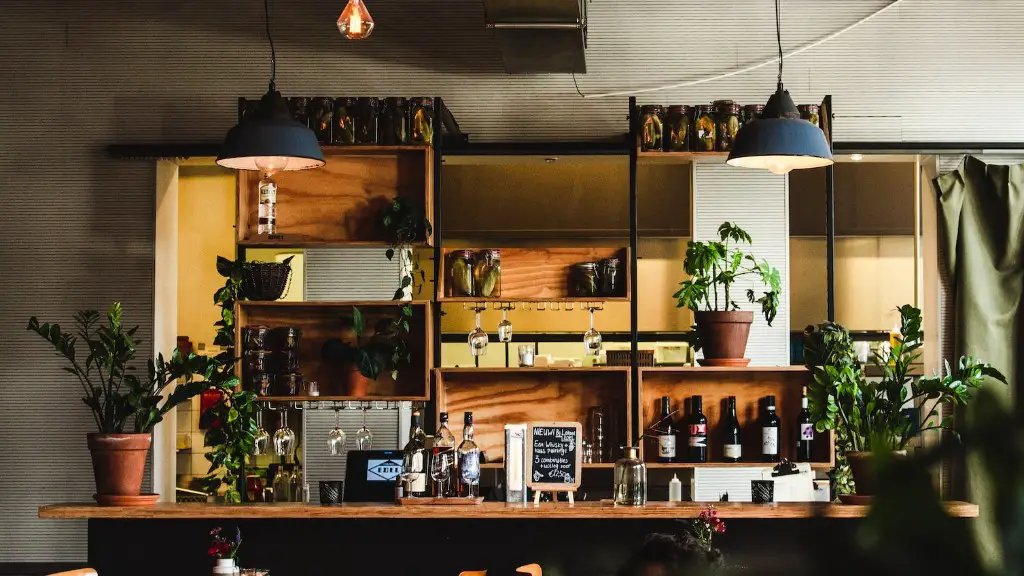If you’re thinking about opening a coffee shop, one of the most important factors to consider is the location. You want to make sure you’re choosing a spot that will attract customers and give you the best chance for success. Here are a few things to keep in mind when assessing a potential location for your coffee shop:
Foot traffic: Is there a lot of foot traffic in the area? If so, that’s a good sign that there are potential customers nearby.
Accessibility: Is the location easy to get to? If it’s hard to find orLocated in a remote area, customers may be less likely to visit.
Parking: Is there ample parking available? If not, that could be a deterrent for customers.
Competition: Is there another coffee shop nearby? If so, you’ll need to make sure your shop can offer something unique that will draw customers away from the competition.
Consider these factors when choosing a location for your coffee shop and you’ll be on your way to a successful business.
There is no one-size-fits-all answer to this question, as the best location for a coffee shop will vary depending on the specific needs and goals of the business. However, some factors that should be considered when assessing potential locations for a coffee shop include foot traffic, proximity to other businesses and potential customers, and the overall appearance and feel of the area.
What is the ideal location for a coffee shop?
If you want to open a coffee shop or restaurant, you ideally want it to be in a location that is close to where people work or spend a lot of time. This is why you often see coffee shops and restaurants near busy places, like office areas or universities. Ease of access is also another important factor to consider.
Opening a coffee shop near a busy train or bus station is a great way to get steady foot traffic and increase your chances of making a profit. Even if not everyone buys coffee from you, your location will make you visible to hundreds or thousands of people every day, which is a great way to generate interest in your business.
Who is the target market for coffee shops
Coffee shops have a wide target market, as anyone who drinks coffee is a potential customer. However, this target market can be further divided into subcategories, which can be marketed to separately. This could be done with products, innovative technology, locations, or the usual marketing campaigns. By doing this, coffee shops can reach a wider range of customers and maximize their chances of success.
There’s something about coffee shops that just make them so cozy and inviting. You can sit for hours and just enjoy your coffee while catching up with friends or family. They’re also great places to do some people watching. Whether you’re alone or with company, coffee shops are just a great place to relax and take a break from your busy day.
How much space do you need for a coffee shop?
For a walk-in coffee shop, you may need as little as 300 square feet in a high-density location of up to 1,800 square feet with easy access to an automobile or walk-up traffic. For a coffee drive-thru, 100-300 square feet will usually suffice.
While there is a wide range of potential profit margins for coffee shops, the average falls somewhere between 25 and 68%. For those shops that roast their own coffee, the profit margin can be even higher at 879%. These margins can vary greatly depending on the source of the data, but regardless, coffee shops can be a lucrative business.
How does location affect coffee?
Coffee is grown in many different parts of the world, and the climate plays a big role in the taste of the final product. The rain and dry seasons are important for produce and cultivating coffee, and the cooler temperatures can produce sweeter, more acidic coffees. The cold creates more acidity during the maturation process of the coffee beans, which can give the coffee a unique flavor.
In addition to understanding foot traffic patterns, Starbucks also looks at customer behavior when choosing new store locations. This includes looking at data from your customer base like: How often do customers visit a coffee shop? What time of day do they visit? Starbucks uses this data to help determine the best location for new stores.
Why is the location of a shop Important
Retail location is important because it determines how accessible your business is to potential customers. Location can also affect how much foot traffic your store receives, how much visibility it has, and how easy it is to find in search results. If you’re looking to start a retail business, it’s important to choose a location that will give you the best chance for success.
The United States is one of the leading coffee importing countries in the world. In 2020, the country imported coffee worth 5.67 billion US dollars. This was followed by Germany, which imported coffee worth 3.38 billion US dollars. France, Italy, and Spain are some of the other leading coffee importing countries in the world.
What demographic buys the most coffee?
This is not surprising given that coffeeseen as a comforting beverage and can be helpful in alleviating aches and pains associated with aging. Older Americans also have more leisure time to enjoy a cup of coffee and perhaps even indulge in a second or third cup each day.
Based on the information given, it seems that the target market for this company is people who are relatively affluent, middle and upper class, educated, socially aware, and active. The company seems to focus more on selling beverages than food products, and they are expecting to make over $18 billion in sales from beverages in 2021.
What is a café area
These days, coffee shops have become more than just a place to get coffee. They have become a meeting place, a work space, and a social hub. There are now many different types of coffee shops, each with their own atmosphere and clientele. Whether you are looking for a place to get work done, relax with a friend, or just grab a quick cup of coffee, there is a coffee shop out there for you.
The environment can be thought of as everything that surrounds us and has an impact on our lives. It includes both the natural world and the built world, and can be divided into two categories: living (or biotic) elements, and non-living (or abiotic) elements.
Living elements include all the plants and animals in an ecosystem, as well as the forests, fisheries, and birds. Non-living elements include water, land, sunlight, rocks, and air. Both types of elements are important in influencing human life.
What are the factors of a café?
There are a number of key success factors that are important for any business. These include having a clearly defined identity and target market, having access to a skilled workforce, having a high level of business expertise, being able to control costs, and providing excellent customer service. Additionally, being able to effectively market the business is also a key success factor.
1. Prioritize a layout that fits your equipment
2. Make sure your coffee shop floor plan provides employees optimal space to work efficiently
3. Use vertical space for storage
4. Choose the right furniture
5. Create a logical flow for customer lines
6. Consider traffic patterns
7. Maximize your space
Conclusion
In order to assess the location for a coffee shop, you will need to consider the following factors:
1. The population density of the area.
2. The demographics of the area.
3. The foot traffic in the area.
4. The competition in the area.
5. The lease rates in the area.
6. The zoning of the area.
There are a few key things to consider when assessing location for a coffee shop. The first is foot traffic and visibility. A location with a lot of foot traffic and good visibility is ideal, as it will help bring in customers. The second is parking. A location with ease of parking for customers is also ideal, as it will help make the coffee shop more convenient and accessible. The third is competition. A location with less competition from other coffee shops will help the new shop stand out. Overall, when choosing a location for a coffee shop, it is important to consider foot traffic, visibility, parking, and competition.





